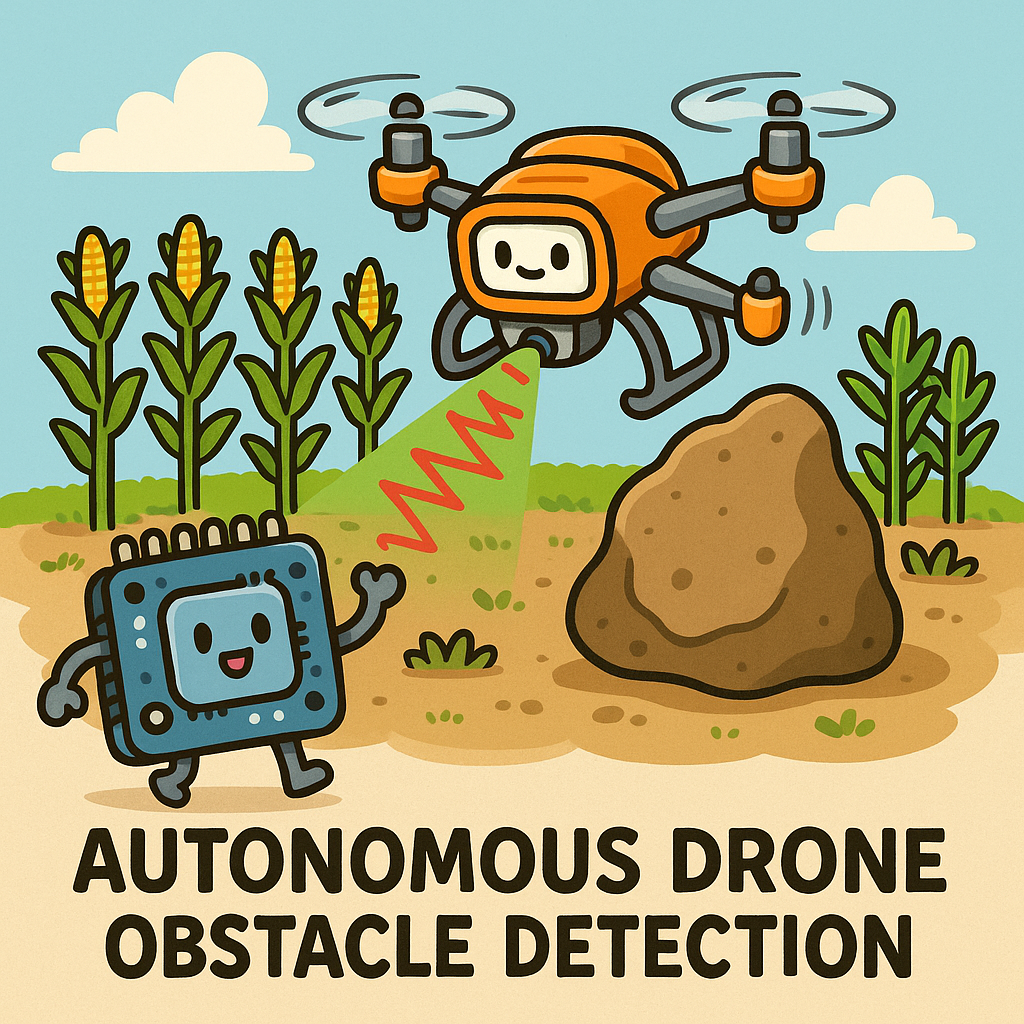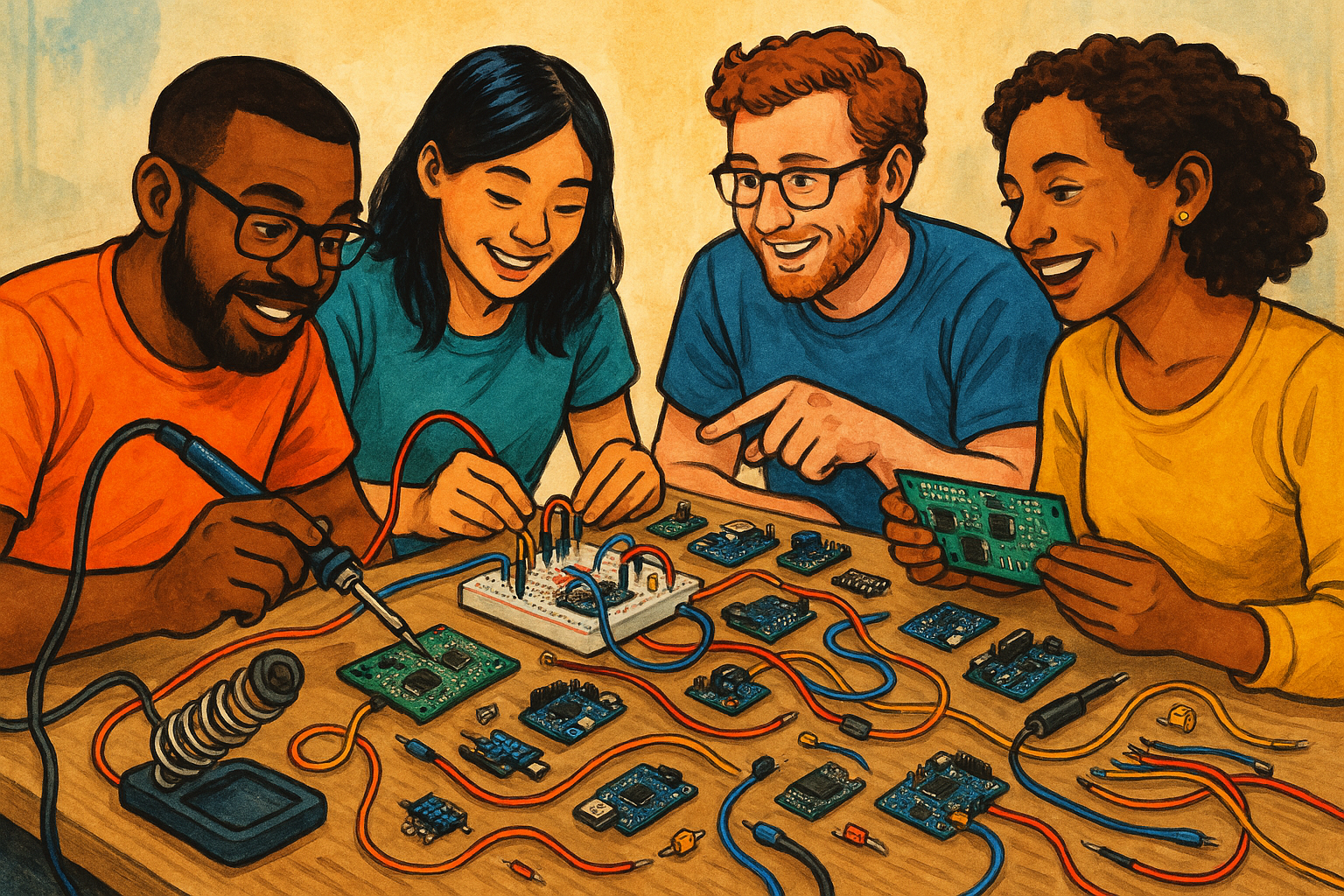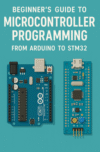Understanding the Need for Real-time Obstacle Detection
As agricultural drones become more prevalent in modern farming, the need for autonomous navigation has never been more critical. One of the most pressing challenges in this domain is real-time obstacle detection, which is vital for ensuring safety and efficiency during crop monitoring and pesticide application. Implementing ROS2 (Robot Operating System 2) microcontroller nodes specifically tailored for this task can significantly enhance the operational capabilities of these drones.
Challenges in Obstacle Detection
Obstacle detection in agricultural environments presents unique challenges. Unlike controlled settings, fields are unpredictable, filled with various objects such as trees, fences, and even animals. This variability necessitates robust algorithms that can process sensor data in real-time and make intelligent decisions quickly. The integration of sensors like LIDAR and cameras adds complexity, as managing data from multiple sources while maintaining low latency is essential for safety.
Choosing the Right Hardware
The hardware selection process is crucial in achieving efficient obstacle detection. An ideal microcontroller should strike a balance between computational power, energy efficiency, and size. For our application, we chose the Raspberry Pi 4 as the main processing unit, coupled with a Raspberry Pi Camera Module for visual data and a LIDAR sensor for distance measurements.
- Raspberry Pi 4: Known for its multi-core processing capabilities, it can handle the complex algorithms needed for image and data processing.
- Raspberry Pi Camera Module: This offers high-resolution imaging, which is vital for visual recognition tasks.
- LIDAR Sensor: Provides precise distance measurements, essential for detecting obstacles in 3D space.
Firmware Development with ROS2
Utilizing ROS2 allows for a modular approach to firmware development, facilitating the integration of various nodes responsible for different tasks. Each node can be designed to handle specific functions such as data acquisition, processing, and decision-making. For instance, we implemented a Data Acquisition Node that collects input from both the camera and LIDAR sensors. This node then publishes the data to a Processing Node, where algorithms analyze the input for obstacle identification.
Algorithm Selection and Implementation
The choice of algorithms is critical in ensuring effective real-time performance. For our obstacle detection system, we opted for a combination of Convolutional Neural Networks (CNNs) for image processing and Kalman Filters for tracking detected obstacles over time. The CNN model was trained on a dataset that included various agricultural scenarios, enabling it to generalize well to unseen environments.
Integrating these algorithms into ROS2 required careful consideration of the communication mechanisms. Using ROS2 Topics allowed for efficient data sharing among nodes, while QoS (Quality of Service) settings were adjusted to ensure timely message passing, which is essential for real-time applications.
Design Trade-offs and Solutions
During the development process, we encountered several design trade-offs. One significant decision was the balance between processing capability and power consumption. While a more powerful processor could yield faster results, it would also drain the drone’s battery more quickly, reducing flight time.
To mitigate this, we implemented dynamic frequency scaling, allowing the processor to adjust its performance based on current workload. This not only optimized power usage but also helped maintain an acceptable level of performance during obstacle detection tasks.
Testing and Real-world Challenges
The real-world testing phase was both exhilarating and revealing. Initial tests showed promise, but we quickly learned that environmental factors could introduce inaccuracies. For instance, sunlight reflection on water bodies misled the CNN, causing false positives in obstacle detection.
To address this, we implemented a filtering mechanism that excluded certain types of reflections and noise, improving the overall accuracy of the detection system. This iterative process of testing and refining highlighted the importance of adaptability in drone operation.
The Future of Autonomous Drones in Agriculture
As we continue to refine our ROS2 microcontroller nodes, the potential for autonomous agricultural drones seems boundless. The integration of advanced obstacle detection not only enhances safety but opens up new avenues for efficiency in farming practices. With ongoing improvements in sensor technology and machine learning algorithms, the future of autonomous drones in agriculture is promising, paving the way for smarter, more sustainable farming solutions.



